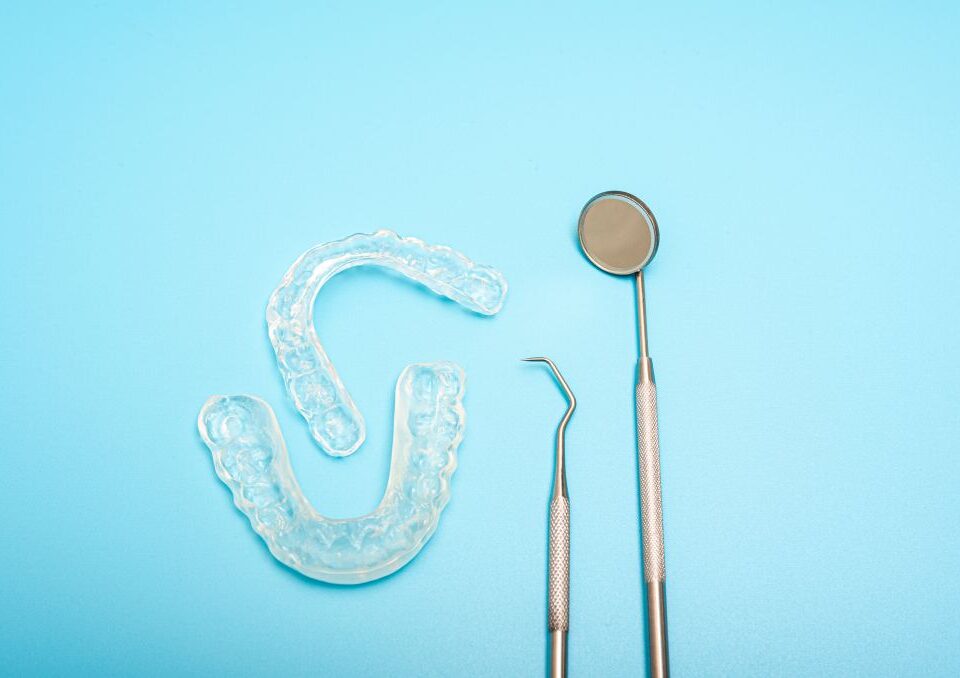Understanding the Oral Health Risks of Smoking and Vaping
While most people understand that smoking harms the lungs and cardiovascular system, fewer realize the profound damage it can do to the mouth. Similarly, the rise of vaping has introduced a new and often misunderstood threat to oral health. Many assume e-cigarettes are a “healthier” alternative, yet emerging research reveals that vaping also carries significant dental risks.
This article explores how smoking and vaping affect the teeth, gums, and mouth, and offers practical advice for anyone looking to protect their oral health.
The Detrimental Effects of Smoking on Oral Health
Smoking remains one of the leading causes of preventable disease worldwide – and its consequences on oral tissues are both visible and invisible. From aesthetic issues like tooth discoloration to serious conditions such as oral cancer, the damage can be long-lasting and difficult to reverse.
- Tooth Discoloration: One of the earliest and most noticeable effects of smoking is tooth staining. Tobacco smoke contains tar and nicotine – two substances notorious for leaving yellow or brown residues on enamel. Even with regular brushing, these stains can penetrate deep into the microscopic pores of the teeth, making them difficult to remove with normal cleaning.
- Gum Disease and Bone Loss: Smoking is one of the most significant risk factors for gum disease (periodontitis). Tobacco chemicals restrict blood flow to the gums, limiting oxygen and nutrients that support healing and immune function. As a result, smokers’ gums are less able to fight off bacterial infections.
- Bad Breath and Dry Mouth: Persistent bad breath (halitosis) is another common side effect of smoking. The odor of tobacco itself lingers in the mouth, but the underlying cause runs deeper. Smoking dries out the oral cavity by decreasing saliva production. Without adequate saliva, bacteria multiply, producing foul-smelling sulfur compounds.
- Oral Cancer: Perhaps the most serious consequence of smoking is its direct link to oral cancer. Tobacco contains more than 7,000 chemicals, dozens of which are known carcinogens. Oral cancer can be life-threatening if not detected early.
Vaping: A Lesser Evil?
When e-cigarettes first entered the market, they were marketed as a safer alternative to traditional cigarettes. While it’s true that vaping eliminates some of the harmful combustion byproducts found in tobacco smoke, it is far from harmless – particularly for your mouth.
Vape devices deliver nicotine, flavoring agents, and chemical solvents (often propylene glycol and glycerin) in aerosol form. These substances interact with oral tissues in ways that can still cause inflammation, irritation, and long-term damage.
- Nicotine Exposure: Nicotine is still nicotine, and it’s bad news for your gums. This addictive stimulant constricts blood vessels, limiting oxygen and nutrient delivery to gum tissues. Over time, this leads to gum recession, delayed healing, and increased risk of tooth loss.
- Dry Mouth: Vaping can also lead to dry mouth, much like smoking. The heating elements and chemicals in e-liquids dry out the oral cavity, reducing saliva production. Without saliva, bacteria and acids remain on the teeth longer, increasing the likelihood of tooth decay and enamel erosion.
- Potential for Oral Inflammation: Emerging research has found that vaping can alter the balance of bacteria in the mouth (the oral microbiome). This imbalance may trigger inflammation, which not only affects the gums but can also extend to other areas of the body. Over time, chronic inflammation can make tissues more vulnerable to infection and even precancerous changes.
Guidance for Smokers and Vapers
While quitting entirely is the most effective way to protect your oral and overall health, the journey can be challenging. Dentists and hygienists play an essential role in supporting patients who are trying to reduce or stop their tobacco use.
Here are several steps you can take to mitigate harm and work toward better oral health:
- Regular Dental Visits: Smokers and vapers should see their dentist more frequently. More frequent cleanings help remove staining and tartar buildup, while regular exams allow early detection of gum disease or precancerous lesions. Your dental team can also track subtle changes in your gums, bone levels, and oral tissues over time, ensuring that potential problems are addressed before they worsen.
- Good Oral Hygiene: Consistent home care makes a big difference. Brush twice daily with a fluoride toothpaste to strengthen enamel, and floss once a day to remove plaque between teeth. Adding an antimicrobial mouthwash can help control bacterial buildup and reduce inflammation.
- Stay Hydrated: Hydration is your mouth’s best friend. Drinking water throughout the day keeps the mouth clean and helps rinse away acids and bacteria. Chewing sugar-free gum or sucking on xylitol mints can also stimulate saliva production, providing natural protection against decay and bad breath.
- Consider Professional Help: Quitting smoking or vaping often requires more than willpower alone. Talk to your dentist or physician about nicotine replacement therapies, prescription medications, and behavioral counseling programs. Even reducing nicotine intake gradually can lead to measurable improvements in gum health and healing.
Final Thoughts: Protecting Your Smile for Life
Whether you smoke, vape, or neither, your oral health reflects your lifestyle choices. Both habits introduce harmful chemicals that can stain your teeth, damage your gums, and increase your risk of serious diseases like oral cancer.
At Village Family Dental, we believe education is the foundation of prevention. By understanding the unique risks of smoking and vaping, patients can make informed decisions that protect their health for years to come.




